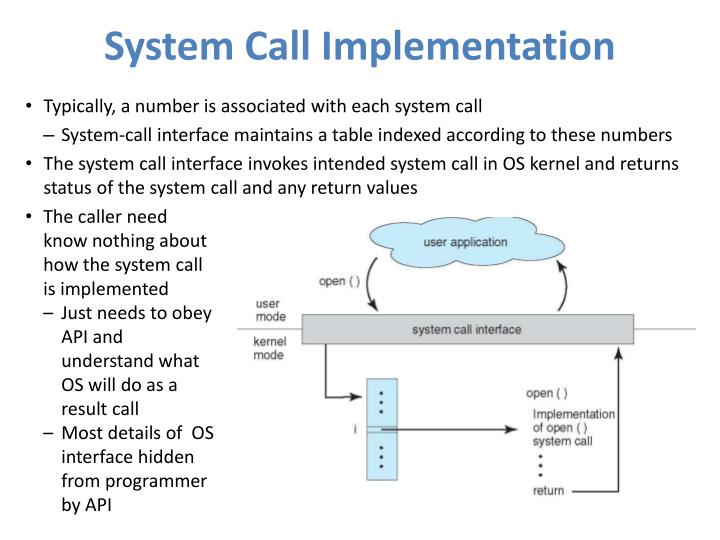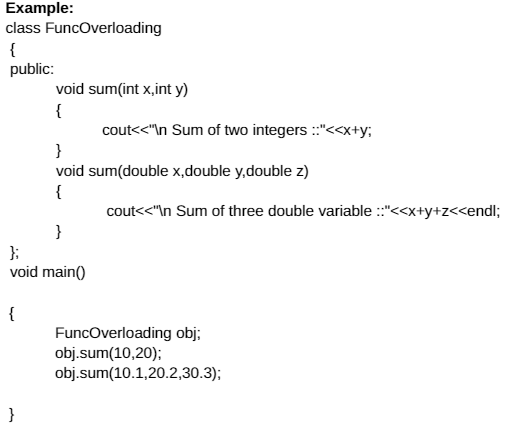- C Programming Tutorial
- C Programming useful Resources
- C++ Output Statement
- C++ Programs Examples With Output Ppt Presentations
- C++ Programs Examples With Output Ppt Examples
- Selected Reading
The best way to learn C programming is by practicing examples. The page contains examples on basic concepts of C programming. You are advised to take the references from these examples and try them on your own. For that same reason, it is essential that all C programs have a main function. The word main is followed in the code by a pair of parentheses ( ). That is because it is a function declaration: In C, what differentiates a function declaration from other types of expressions are these parentheses that follow its name.
A union is a special data type available in C that allows to store different data types in the same memory location. You can define a union with many members, but only one member can contain a value at any given time. Unions provide an efficient way of using the same memory location for multiple-purpose.
Defining a Union

To define a union, you must use the union statement in the same way as you did while defining a structure. The union statement defines a new data type with more than one member for your program. The format of the union statement is as follows −
The union tag is optional and each member definition is a normal variable definition, such as int i; or float f; or any other valid variable definition. At the end of the union's definition, before the final semicolon, you can specify one or more union variables but it is optional. Here is the way you would define a union type named Data having three members i, f, and str −
Now, a variable of Data type can store an integer, a floating-point number, or a string of characters. It means a single variable, i.e., same memory location, can be used to store multiple types of data. You can use any built-in or user defined data types inside a union based on your requirement.

The memory occupied by a union will be large enough to hold the largest member of the union. For example, in the above example, Data type will occupy 20 bytes of memory space because this is the maximum space which can be occupied by a character string. The following example displays the total memory size occupied by the above union −
When the above code is compiled and executed, it produces the following result −
Accessing Union Members
.jpg)
To access any member of a union, we use the member access operator (.). The member access operator is coded as a period between the union variable name and the union member that we wish to access. You would use the keyword union to define variables of union type. The following example shows how to use unions in a program −
When the above code is compiled and executed, it produces the following result −
Here, we can see that the values of i and f members of union got corrupted because the final value assigned to the variable has occupied the memory location and this is the reason that the value of str member is getting printed very well.
Now let's look into the same example once again where we will use one variable at a time which is the main purpose of having unions −
When the above code is compiled and executed, it produces the following result −
C++ Output Statement
Here, all the members are getting printed very well because one member is being used at a time.
- C++ Basics
- C++ Object Oriented
C++ Programs Examples With Output Ppt Presentations
- C++ Advanced
- C++ Useful Resources
- Selected Reading
The word polymorphism means having many forms. Typically, polymorphism occurs when there is a hierarchy of classes and they are related by inheritance.
C++ polymorphism means that a call to a member function will cause a different function to be executed depending on the type of object that invokes the function.
Consider the following example where a base class has been derived by other two classes −
When the above code is compiled and executed, it produces the following result −
C++ Programs Examples With Output Ppt Examples
The reason for the incorrect output is that the call of the function area() is being set once by the compiler as the version defined in the base class. This is called static resolution of the function call, or static linkage - the function call is fixed before the program is executed. This is also sometimes called early binding because the area() function is set during the compilation of the program.
But now, let's make a slight modification in our program and precede the declaration of area() in the Shape class with the keyword virtual so that it looks like this −
After this slight modification, when the previous example code is compiled and executed, it produces the following result −
This time, the compiler looks at the contents of the pointer instead of it's type. Hence, since addresses of objects of tri and rec classes are stored in *shape the respective area() function is called.
As you can see, each of the child classes has a separate implementation for the function area(). This is how polymorphism is generally used. You have different classes with a function of the same name, and even the same parameters, but with different implementations.
Virtual Function
Free album download. A virtual function is a function in a base class that is declared using the keyword virtual. Defining in a base class a virtual function, with another version in a derived class, signals to the compiler that we don't want static linkage for this function.
What we do want is the selection of the function to be called at any given point in the program to be based on the kind of object for which it is called. This sort of operation is referred to as dynamic linkage, or late binding.
Pure Virtual Functions

It is possible that you want to include a virtual function in a base class so that it may be redefined in a derived class to suit the objects of that class, but that there is no meaningful definition you could give for the function in the base class.
We can change the virtual function area() in the base class to the following −
The = 0 tells the compiler that the function has no body and above virtual function will be called pure virtual function.

